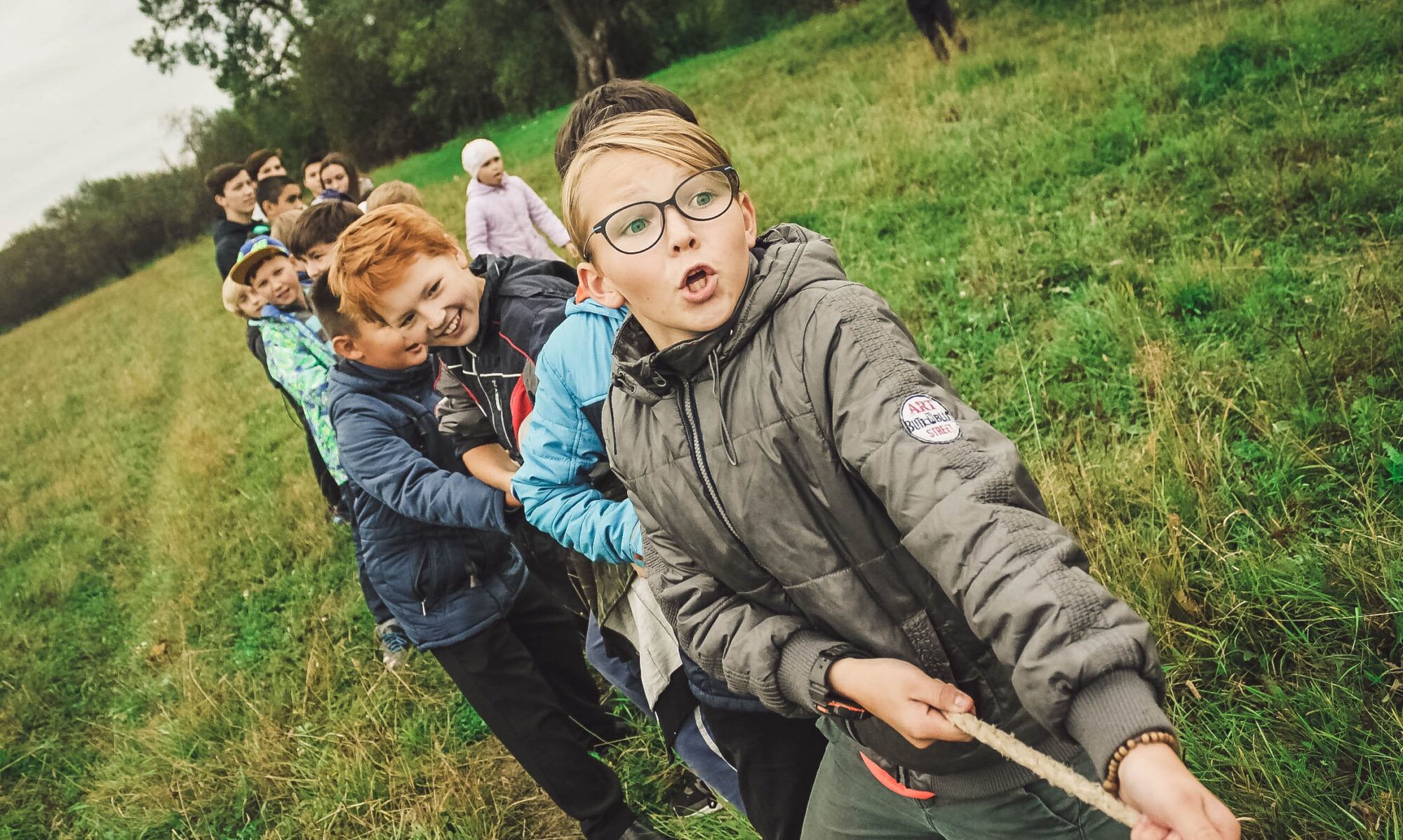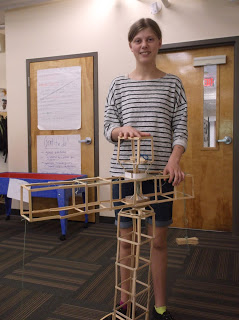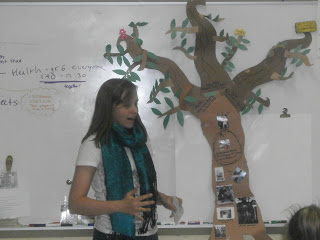How do project-based learning and makerspaces fit together?
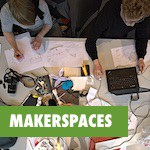 Making and PBL may look like two completely different educational movements, but in reality they work well together and each strengthens the other.
Making and PBL may look like two completely different educational movements, but in reality they work well together and each strengthens the other.
That’s because they share a common fundamental underpinning: they honor students’ innate curiosity about the world.
Tales from a Tech Integrationist
At Proctor Elementary School, project-based learning is in full swing. Students have created projects offering advice on dealing with extreme weather and created informational videos about the town’s history. They’re researching how environmental conditions affect body systems and the trout they’ve raised is nearly ready for release into a nearby stream. Proctor Elementary School has PBL fever!
They also have a brand new makerspace.
The MAKERSPACE is expanding everyday. pic.twitter.com/yoSmeaDOYl
— Christy Coloutti (@ProctorSchool) January 19, 2017
Meet Emily Jenkins.
As the tech integrationist for Proctor Elementary, Jenkins teaches students to use new tools for their PBL work. And she’s also built up the school’s makerspace, introducing students and educators alike to such items as The X, The Y and The Z. The combination of Jenkins’ two roles at the school has given her crucial insight into how making and project-based learning go hand-in-hand.
“The Makerspace is, essentially, a PBL space.” Jenkins says, “We have just changed the wording. That is also where the workforce is going. Employers need people that can think on their feet, be creative, collaborate, engineer. Even in law, insurance, all those traditional things are still looking for creative minds. Making provides an opportunity to push their minds.”
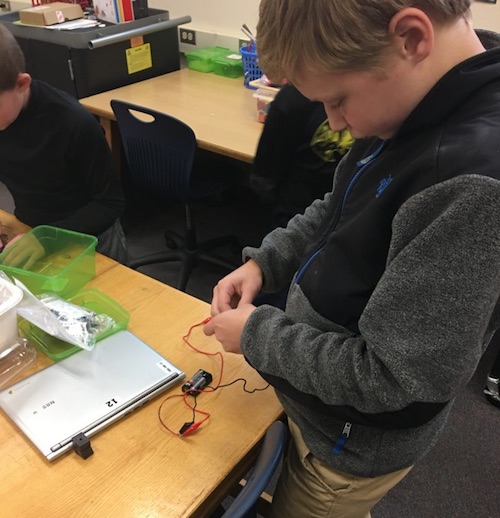
Makerspaces help bridge content areas
“Some teachers see PBL as specifically content-based,” continues Jenkins. “Such as ‘we are doing a science PBL or social studies PBL.’ Pulling a makerspace into it provides a cross-curricular experience for students. Makerspaces allow us to break barriers of subject-based learning by helping students to explore where they are interested with guidance.”
It just takes one spark. Or in this case, a drone!
“One student decided he wanted to build a drone, and we had one in a box that was in pieces.
And I have never seen the kid work so hard.
He didn’t miss a day of school during the time. He came in during recess and during free choice time.
And it sparked an improvment in his classroom work! I started sitting with him, talking about what does it take to make a drone. To wire things, you need to know math and science. I talked with him about what he needs to know to be able to do this kind of work well.
At the end, he said: I’d love to build drones or robots for a living.”
4 ideas for using a makerspace to support project-based learning
1. Got rockets? Let’s talk Design Challenges.
One Proctor Elementary student was interested in answering the question: “How can I make a bottle rocket fly?” She asked this question as part of her own independent study during an exploration time. This could be during a project based learning block, during a genius hour, or during a science unit. All sorts of content and transferrable skills can be learned through this kind of prototyping. This is making and PBL together!

2. Make videos! Green screens! Podcasts! Announcements!
Launching PBL in your classroom? Excellent. Use the makerspace greenscreen to create broadcasts of learning. News reports, public service announcements, documentaries, opinion pieces– all can be planned through PBL and created in a makerspace. See? Walking hand in hand.
3. Math models and PBL!
So, in math class, students are struggling with a concept and need some hands on application. Or, you’ve launched some inquiry that students are trying to solve and gather information about. To learn geometric concepts and relationships, sometimes students need to use their hands to build things. What could they build? Models of buildings! Lego villages. Robotic hands. Consider the math proficiencies you are after– and then use inquiry and a driving question to launch kids into PBL in math. They can use the ample resources from the Makerspace for materials and space to build something that shows their math knowledge and deepens their experience with the concepts.
4. Project construction, creation and sculpture
Creating a family tree? Why not make it 3D?
Or recording a history of your family? Use the podcasting and recording equipment in the makerspace. Think of the makerspace as simply a well resourced, expanded project and classroom space. Think big. Kids can create in ways they can’t in a normally busy and crowded class. Yes, you need to work out supervision and how to schedule this, but what we get out of it is worth it!
How can you see makerspaces being used in project-based learning?
